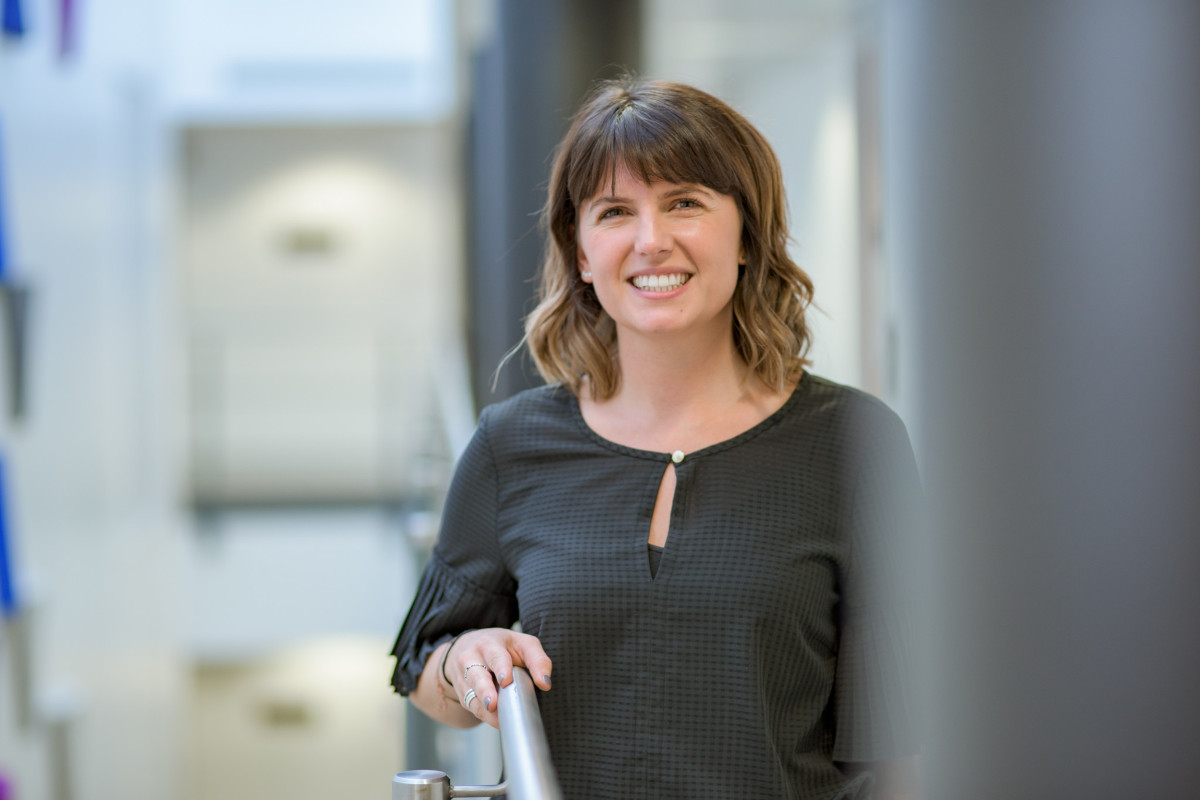
By Faye Bowser, Head of Energy Solutions, Siemens plc
The halfway mark has now passed between 1990, the year that countries who signed the U.N. Kyoto Protocol agreed to use as a benchmark for their efforts to reduce greenhouse gas emissions, and 2050, the year many countries set as their target for carbon net zero.
While the pandemic initially provoked a swift and immediate short-term reaction, the vaccine’s rollout can now afford key legislators the chance to plan for the ‘next normal’, with 2021 assuming extra significance as the UK hosts the UN’s COP26 in Glasgow later this year.
So where does this put us? We’re collectively halfway through the marathon at mile 13 and things are getting tough. How do we find the energy and ideas now to put in place the changes needed to sustain our collective trajectory to 2050, and also identify the next set of ‘big wins’ for industry?
Sometimes when running a marathon it can help to have a pace runner. At Siemens our ambition is clear—to achieve net zero by 2030 we are aiming to hit four key milestones: electric vehicles to account for 100 percent of our fleet; we will own or lease only buildings that have net-zero carbon emissions; we will source 100-percent renewable power; and we intend to achieve a 20-percent reduction in our supply chain’s emissions. We are working across a range of engineering and commercial activities that reflect the UK in microcosm.
We have already exceeded our interim global business goal of cutting CO2 emissions by half by 2020. We are now 54% of the way there, tallying coincidentally with a major milestone just passed by the UK as the UK’s greenhouse gas emissions were 51% below 1990 levels, also halfway to meeting its target in 2050.
Signs of the UK’s renewed focus came just recently as the Government became the world’s first major economy to present a net zero industrial decarbonisation strategy. Launched in March this year, the drive to decarbonise industry forms a major part of the UK’s journey to 2050 net zero. The government went one step further and in April, set the world’s most ambitious climate change target into law: to reduce emissions by 78% by 2035 compared to 1990 levels.
… while a lot has changed, not much has changed.
According to a recent report by Carbon Brief, all of the major advances towards the 2050 goal so far have come in three areas:
- Electricity supplies that no longer rely on coal (about 40%);
- Cleaner industry (40%), including manufacturing and waste industry emissions controls on landfill methane, halocarbons and nitrous oxide (25%), as well as more efficient industrial processes and a structural shift away from carbon-intensive manufacturing (15%);
- A smaller and cleaner fossil fuel supply industry, with lower methane emissions from coal mines and leaky gas distribution pipes (10%). [source]
However, while a lot has changed, not much has changed. A lot of the hard work has come from decarbonising the grid and the shift to renewable power. In 2020, the UK went without coal power for 180 of the 366 days. Wind power contributed 25% of electricity generation, with bioenergy providing 13% and nuclear 16%. These figures are only set to increase, however while the UK has tackled the source of generation, end-user changes have yet to take place.
Unfortunately, in December we witnessed a bounce-back in emissions as the grip of the pandemic eased and ‘the dirty restart’ took effect. According to a report in the FT, the pandemic resulted in the largest absolute drop in annual global energy-related CO2 emissions in 2020, as economies gripped by the pandemic ground to a standstill, the IEA said. But the recovery in activity in the second half of 2020 and “a lack of clean energy policies” caused emissions to rise a further 2 per cent year on year in December.
The only way our collective and individual targets can be run down is by thinking big but starting small – or to put it another way, think global but act local. That means incremental changes. We need to take ownership of decarbonisation targets and work in partnership to reduce emissions over time, step by step. Understanding the whole picture of an organisation’s emissions is the first step – for example, tackling the problem through a combination of digital simulation tools and physical audits, creating a digital twin for a new low-carbon decentralised energy system. It is all about turning data into results.
Think big but start small
For businesses of all sizes the cost of energy is only going to rise, so energy efficiency is a must. If Covid-19 has taught us one thing, it is that we do not really need travel as much as we thought: transport was the largest emitting sector in the UK in 2019, responsible for over a quarter of all emissions and that excludes emissions from UK-based international aviation bunkers that have more than doubled since 1990. Meanwhile, the number of miles driven by small commercial vehicles, such as delivery vans, has shot up by 23% in the decade to the end of 2019, and probably more in 2020, corresponding to a 20% rise in CO2 emissions. Electrifying the transport fleet significantly reduces direct emissions, especially when combined with smart charging solutions, and challenges to every journey’s validity.
Last year Siemens partnered with building management system provider, SCI to reconfigure and refurbish Garrard House, near St Paul’s in the City of London; the building’s CO2 emissions are being reduced by over 50 per cent. Retaining and re-using the existing structure, rather than demolishing and building anew, Garrard House will save over 2,500 tonnes of embodied carbon emissions, creating a sustainable building for the future.
At Stoke-on-Trent City Council energy efficiencies are being made across its property portfolio by the simple expediency of installing energy-efficient LED lighting systems, cutting carbon emissions by 361 tonnes each year, reducing lighting loads by 76 per cent with annual savings of £194,000.
Crucially, Siemens on its own journey to net zero is regularly auditing its own portfolio. Congleton is the first factory we are making capable of being a carbon neutral operation, while at the same time reducing energy costs and increasing resilience against power disruptions. At the heart of the project, on this very space constricted site, is a new gas engine to generate electricity, augmented by electricity sourced from a local village community-operated, small hydro-electricity project. This project will save the already efficient power-usage site a further £330,000 a year in energy bills.
The importance of all these projects should not be underestimated. They demonstrate clearly and conclusively that we have the proven technology already to decarbonise. We are not waiting for new discoveries or working with ideas that are untested in the real world.
Total industry emissions in the UK have more than halved over the past 30 years, which goes to show that we’re on the right track. However, being ‘on the right track’ in 10 years’ time will not be enough. A two-thirds drop in industry carbon emissions by 2035 is a significant goal, but it’s right that we raise our level of expectation and intervention at this critical time. The UK now needs a combination of changes in the structure of the manufacturing sector (such as introducing industrial clusters), improved energy efficiency, and a shift to lower-carbon fuels when the market conditions are right.
Between 1990 and 2014, small incremental changes over time, in improved energy efficiency helped the UK avoid building the equivalent of 14 new power stations. This point shows that it’s not about a ‘silver bullet’ moment where you suddenly change tack and deliver on your promises. It’s about a long, sustained, and mutual relationship where the of sum gains scaled across the entire country can be massive. It’s all about continuous improvement, behavioural change and having a partnership mentality. We are proving it can be done within existing technology and sharing the know-how that other businesses can take up to cumulatively get the UK across the line.






